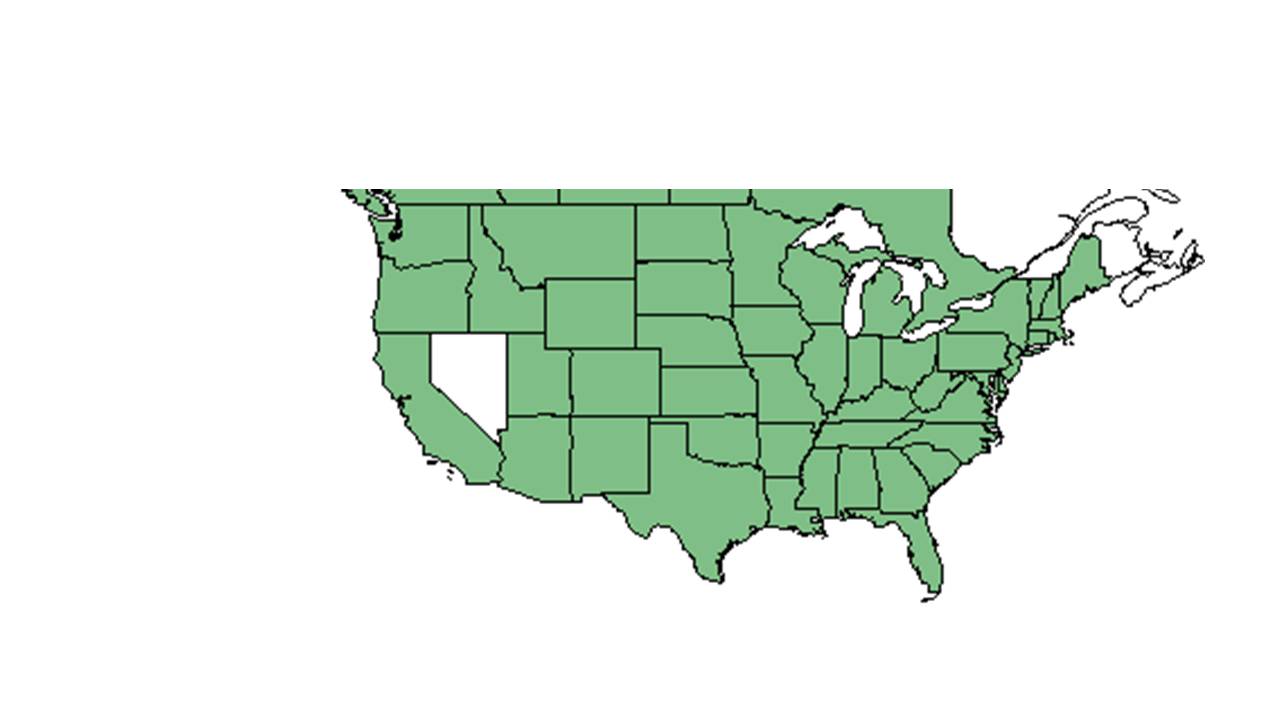Difference between revisions of "Dichanthelium oligosanthes"
(→Description) |
|||
| Line 19: | Line 19: | ||
==Description== | ==Description== | ||
<!-- Basic life history facts such as annual/perrenial, monoecious/dioecious, root morphology, seed type, etc. --> | <!-- Basic life history facts such as annual/perrenial, monoecious/dioecious, root morphology, seed type, etc. --> | ||
| + | Common Name: Heller's rosette grass | ||
| + | |||
==Distribution== | ==Distribution== | ||
==Ecology== | ==Ecology== | ||
Revision as of 17:42, 2 July 2015
| Dichanthelium oligosanthes | |
|---|---|
Error creating thumbnail: Unable to save thumbnail to destination
| |
| Scientific classification | |
| Kingdom: | Plantae |
| Division: | Magnoliophyta - Flowering plants |
| Class: | Liliopsida – Monocotyledons |
| Order: | Cyperales |
| Family: | Poaceae ⁄ Gramineae |
| Genus: | Dichanthelium |
| Species: | D. oligosanthes |
| Binomial name | |
| Dichanthelium oligosanthes (Schult.) Gould | |

| |
| Natural range of Dichanthelium oligosanthes from USDA NRCS Plants Database. | |
Contents
Description
Common Name: Heller's rosette grass
Distribution
Ecology
Habitat
It can live in Foard and Lawton soils, which are both grassland soils.[1] It can be found in undisturbed areas.[2] D. oligosanthes var. scribnerianum can tolerate hot summers, cold winters, minimal precipitation (826 mm per year), and moderately strong surface winds.[3] It is commonly found in open woodlands.[4] It can be found in tallgrass prairie.[3]
Phenology
It flowers from early to mid season.[5]
Seed dispersal
Fire seems to stimulate the seed bank.[4]
Seed bank and germination
Fire ecology
It responds positively to fire. It increased in distribution and abundance following an early dormant-season fire.[4] Dichanthelium oligosanthes var. scribnerianum found in uplands and lowlands responded positively to summer burns but negatively to spring burns in the long run (more than 10 years). However, D. oligosanthes found in the canopy cover declined with both burns.[3]
Pollination
Use by animals
Diseases and parasites
Conservation and Management
Cultivation and restoration
Photo Gallery
References and notes
- ↑ Leis, S. A., D. M. Engle, et al. (2005). "Effects of short- and long-term disturbance resulting from military maneuvers on vegetation and soils in a mixed prairie area." Environmental Management 36: 849-861.
- ↑ Jutila, H. M. and J. B. Grace (2002). "Effects of disturbance on germination and seedling establishment in a coastal prairie grassland: a test of the competitive release hypothesis." Journal of Ecology 90: 291-302; Towne, E. G. and K. E. Kemp (2008). "Long-term response patterns of tallgrass prairie to frequent summer burning." Rangeland Ecology & Management 61: 509-520.
- ↑ 3.0 3.1 3.2 Towne, E. G. and K. E. Kemp (2008). "Long-term response patterns of tallgrass prairie to frequent summer burning." Rangeland Ecology & Management 61: 509-520.
- ↑ 4.0 4.1 4.2 Taft, J. B. (2003). "Fire effects on community structure, composition, and diversity in a dry sandstone barrens." Journal of the Torrey Botanical Society 130: 170-192.
- ↑ Pavlovic, N. B., S. A. Leicht-Young, et al. (2011). "Short-term effects of burn season on flowering phenology of savanna plants." Plant Ecology 212: 611-625.